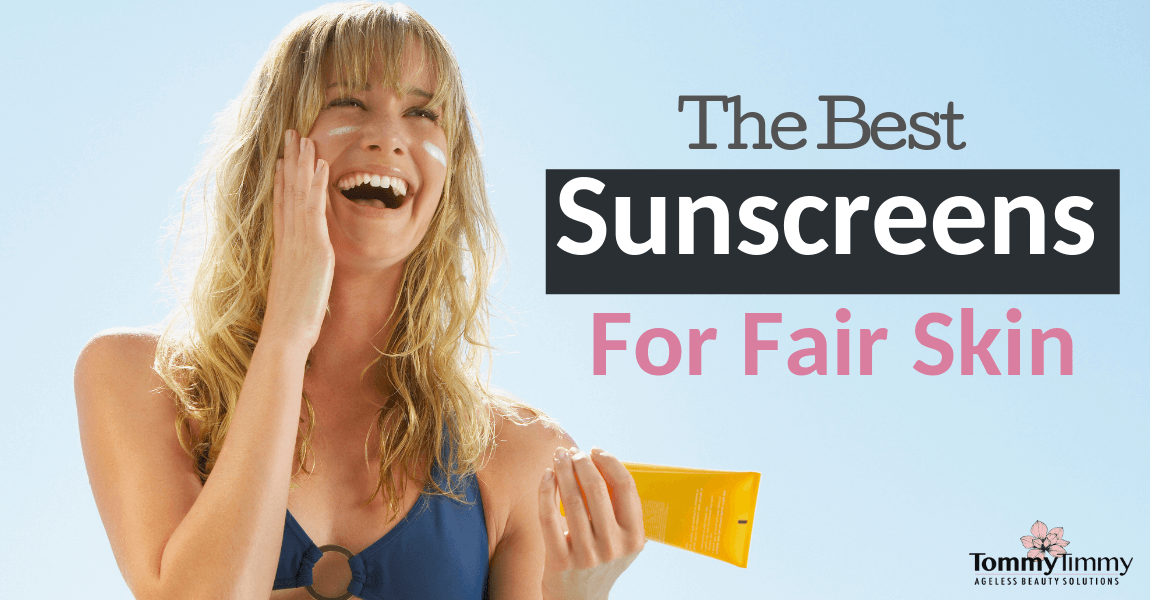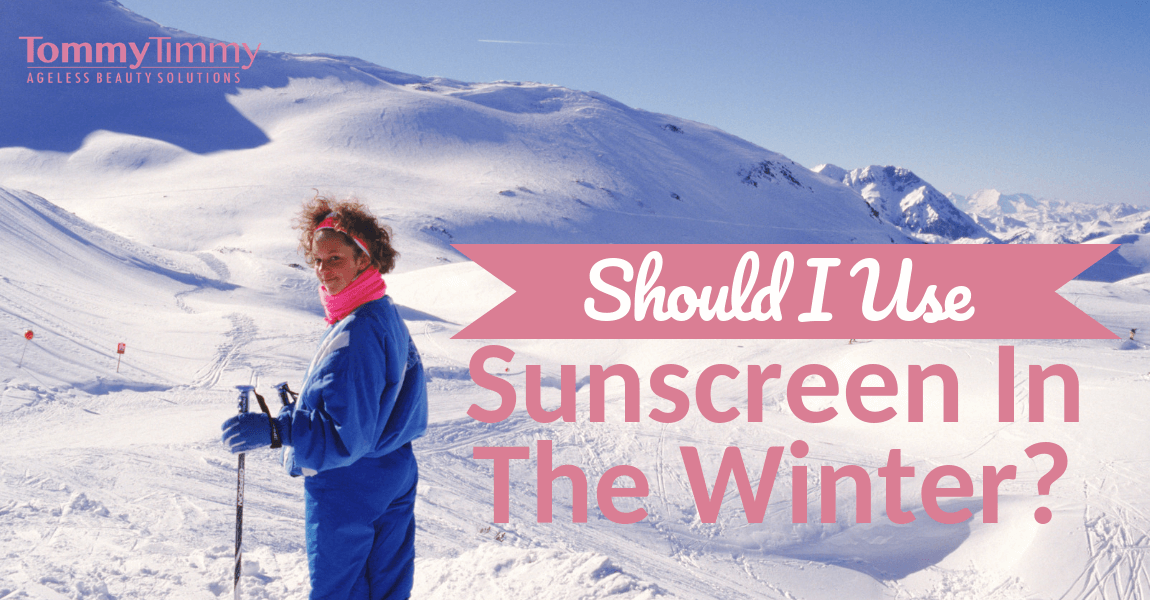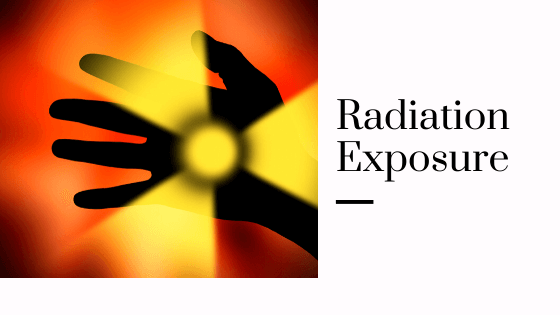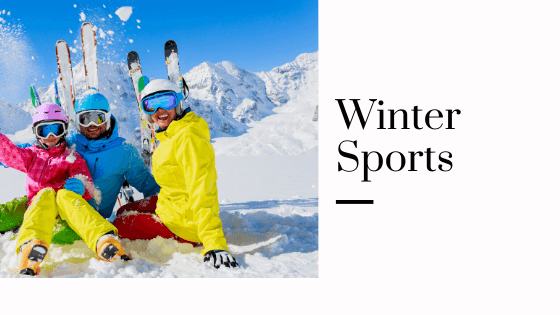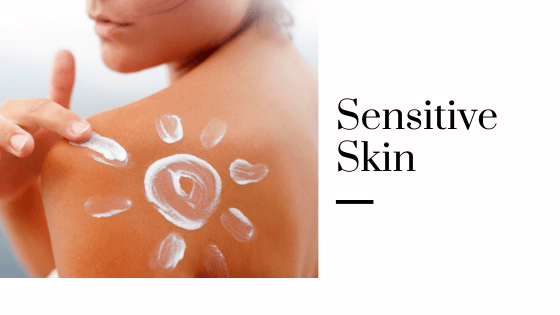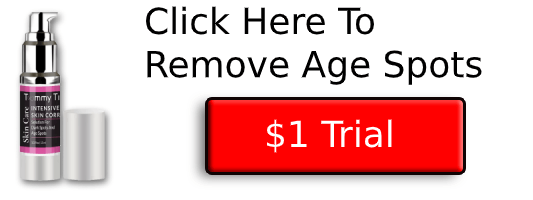Are Age Spots Bringing You Down?
In this way, we will go over a few different ways to conceal your facial age spots and prevent further skin damage. As your skin ages, you will notice more age spots that are also called liver spots and brown spots. They are mainly due to prolonged sun exposure. The spots are made of a cluster of melanin cells. Age spots look like enlarged freckles on the skin. Every time that you are in the sun without a sunscreen, you increase your chances of developing more age spots in the future.
The Affect Of Hormones On Age Spots
Later in a pregnancy women may notice a condition called Melasma. The Melasma will look just like your typical age spot. Although, in most cases, the Melasma will disappear after pregnancy. Occaionally though, women will still have them post-pregnancy. Other skin conditions such as eczema, psoriasis, and acne can also cause age spots. Even wounds can cause skin discoloration. Basically, anything that causes skin irritation can lead to age spots once you age.
Tanning beds are also a contributing factor to age spots. Tanning beds use artificial UV rays to tan the skin. Prolonged use of tanning beds and tanning products will eventually cause your skin to seem parched and when you are older give you more age spots. This is why the use of tanning beds is often discouraged if you want to avoid age spots.
Concealing Age Spots
A moisturizer or a cream with SPF should be an essential part of your skincare routine. It’s recommended to use at least SPF 15 but SPF 30 is a better option if you’re in the sun more. If you know you’re going to spend a whole day out in the sun, you should definitely put on SPF 50 or higher. Some great suncare brands include Banana Boat, Hawaiian Tropic, Neutrogena, Coola, and Bare Republic.
After sun care is just as important as putting on your sunscreen. Applying things such as aloe vera gel, apple cider vinegar, or a post tanning lotion is important for your skin.
When you’ve been in the sun all day, your skin lost a lot of its moisture. That is why post-sun care is so important because it brings the moisture back into your skin.
One of the products we recommend is Ulta’s After Sun Recovery Lotion. It is under $10 and leaves your skin feeling hydrated. It also smells like a tropical getaway! You should also look for foundations that contain SPF in them. More companies are offering foundations that have extra sun care protection. A few brands that have a foundation with SPF in them are Bare Minerals, M.A.C., Maybelline, Tarte and Clinique.
M.A.C. Studio Fix Fluid is also excellent with SPF 15. Sun prevention is key to keeping your age spots at bay. So using a foundation with extra protection is an easy way to have flawless skin without the greasy feeling of sunscreen. There are even lightweight moisturizers that you can apply under your makeup before applying your primer. The Neutrogena Hydro Boost Water Gel with SPF 15 in it is the perfect lightweight moisturizer.
Neutrogena even now offers a Hydro Boost sunscreen. They have an SPF 30 and an SPF 50 option. Both have the same lightweight, hydrating, skin-like texture to them. These sunscreens are highly recommended to anyone who despises the heavy greasy feeling of typical sunscreens. Wearing sunscreen daily is just one of the steps in preventing age spots, sunburns, and potential skin cancers.
Using Makeup Products To Conceal Age Spots
One of the ways to conceal facial age spots is with makeup products. You must always first wash your face. After washing your face you will need to prime your skin for makeup application. There are many primers on the market right now, so finding the right one is very important.
When finding the right primer for you consider your skin concerns. A good one for age spots would be E.L.F’s Tone Adjusting Primer. That primer will tone down the dark spots and any redness you may have on your skin. The next step will be taking a peach or orange color-correcting concealer and applying it over the spot you wish to conceal. Apply the concealer with a small concealer brush or with a sponge. Then you will take your favorite concealer and apply it with the beauty tool you used to apply the color corrector. After that, you will take a full coverage or color correcting foundation to further cover your age spots.
Once you are finished with that, you are ready to apply a setting powder. Setting powders work to keep your makeup in place all day. A loose setting powder is a better option for more coverage and lasting look. If you’re wanting even more staying power, use a setting spray to lock in your look. The Urban Decay All-Nighter Setting Spray will keep your makeup locked in throughout the entire day. Hence the name, All-Nighter, as it really will last through the night.
Another way to conceal facial age spots is by simply reducing the time you are in direct sunlight. The sun’s UV rays are at their worst anywhere between 10 a.m. and 2 p.m. The UV rays are also the worst if it’s a cloudy day. The clouds make it a lot easier for the sun to pass through. In fact, over 87% of the sun gets through the clouds. That is why you may find yourself with a nasty sunburn even on a cloudy day.
If you can’t avoid being outside during those times, you should make sure you apply your SPF at least 15 minutes before sun exposure. Make sure to reapply your sunscreen every 2 hours. Even if your sunscreen is an SPF 50 or higher and promises to be water and sweat proof you should still reapply it.
Using A Dermatologist To Conceal Age Spots
If you want a more permanent solution to conceal your age spots there are many different procedures dermatologists can do. Although these procedures cost more, you will most likely see longer lasting results with these options.
Laser Resurfacing
To achieve a clearer complexion you could try a procedure called laser resurfacing. What laser resurfacing does is heat your skin layers that are deeper in your skin. When the skin layer is heated up, your skin produces more collagen. Collagen is a protein that helps to support your connective tissues, joints, and muscles. So with extra collagen production in your skin, you should notice dramatically smoother skin and an overall clearer complexion.
Like any procedure, you should always consider the possible risks.
Chemical Peels
Chemical peels are another good option if you’re wanting a cosmetic procedure that doesn’t hurt. A chemical peel is as it sounds, there are chemicals applied to the skin that an esthetician or dermatologist peels off the face. Once the chemical mixture is removed from the skin, you can expect some redness to occur at first. It will take some time for some of the skin to peel off after your procedure. After the peel is completed you will notice a brighter complexion with less noticeable age spots.
There is a fairly common method for clearing acne scars and helping uneven complexion. The results are visibly clear.
Dermabrasion And Microdermabrasion
Dermatologists or estheticians can also do a procedure called dermabrasion or microdermabrasion.
How they reduce the appearance of facial age spots is by using a tool that has an end on it that sands away your outer layer of skin to reveal beautiful rejuvenated skin. Another form of dermabrasion is by using a spray that has aluminum oxide or sodium bicarbonate in it. The spray is attached to a vacuum-like tool that suctions the skin. The suction works similar to the tool with the abrasive end on it. Either option is a lot less invasive than the laser resurfacing procedure. Especially since it can be done at your local spa or salon.
Natural Remedies
If you’re a more natural skincare consumer, you should consider these natural remedies that can teach you how to conceal and lighten up your facial age spots.
Vitamin C
Any fruit or vegetable that has vitamin C or a hydrating complex to it will do the trick. Nature has a lot to offer our skin. It has so many benefits. Lemon juice is a great trick to eliminating age spots since it has so much vitamin C in it. An easy way to sneak it into your skincare routine is by squeezing all the juice out of the lemon then dipping a cotton ball into the juice. Then you will apply it on your age spots and let it sit for at least 20 minutes.
Cucumbers
A great vegetable you can use on your skin is a cucumber. Cucumbers have a lot of water in them, antioxidants, and tons of vitamins. The vegetable is used in many beauty products due to its amazing skin healing properties.
Here’s how to help your age spots disappear with an easy DIY face mask:
All you need to do is put a cucumber that is sliced up, a half-teaspoon of aloe-vera gel (natural or store-bought), and one tablespoon of lemon juice in your blender. You’ll want to blend it up until it is a fairly thin consistency. Then take a facial applicator or your hands and apply it to your face. Wait 30 minutes for it to kick in. After that, you’ll wash it off with water.
You can use this mask as often as you’d like since it is natural and great for your skin!
Other Natural Products
Other natural products you might like to use are oranges, honey, apple cider vinegar, yogurt, and even onion. Apple cider vinegar is a classic household item that is growing in popularity, from everything to haircare all the way to weight loss. This all-natural substance can reduce your age spots with its alpha hydroxy acid compound. The alpha-hydroxy acid compound has the potency to lighten the overall appearance of age spots.
To properly use the vinegar mix it with some olive oil and apply daily. Over time, you’ll start to notice a difference in your skin. All of those natural remedies will give your skin a healthy more even-toned complexion.
Keeping Your Skin In Great Shape
Our skin is the biggest organ we have, so it’s imperatively important to keep it in tip-top shape! You can prevent age spots by taking precautions. Never forget to apply your sunscreen daily and cover your skin up with clothing if possible. Doing that will almost guarantee you’ll have fewer skin concerns.
If you already have age spots, you can still take preventive actions. Also, be aware that although age spots are benign meaning they’re cancer-free, that still doesn’t mean you shouldn’t be paying close attention to your age spots. If you notice a spot that doesn’t seem right, you should visit your doctor immediately. Waiting too long to get a spot checked out is the worst thing you can do.
Conclusion
Those are just a few things you can do to conceal, prevent, and lighten your age spots. Just remember the sun is the enemy to our skin and we must do whatever we can to battle it. Put your shield up by always applying your sunscreen. Prevention is key when trying to avoid getting age spots in the first place. There are so many options and products out there for you to try. If you don’t see results right away, don’t worry. Everything good in life takes time, so don’t be discouraged right away. It may take a month or more for these tips and tricks to work. See what you like best, what works best for your skin, and most of all have fun taking care of your skin!

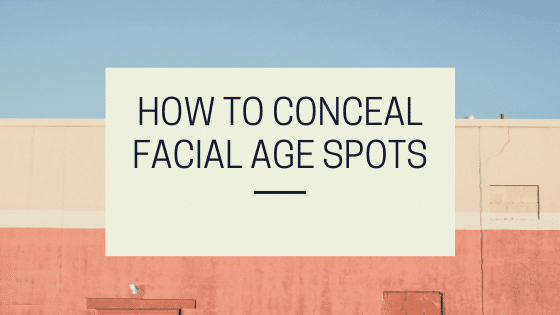
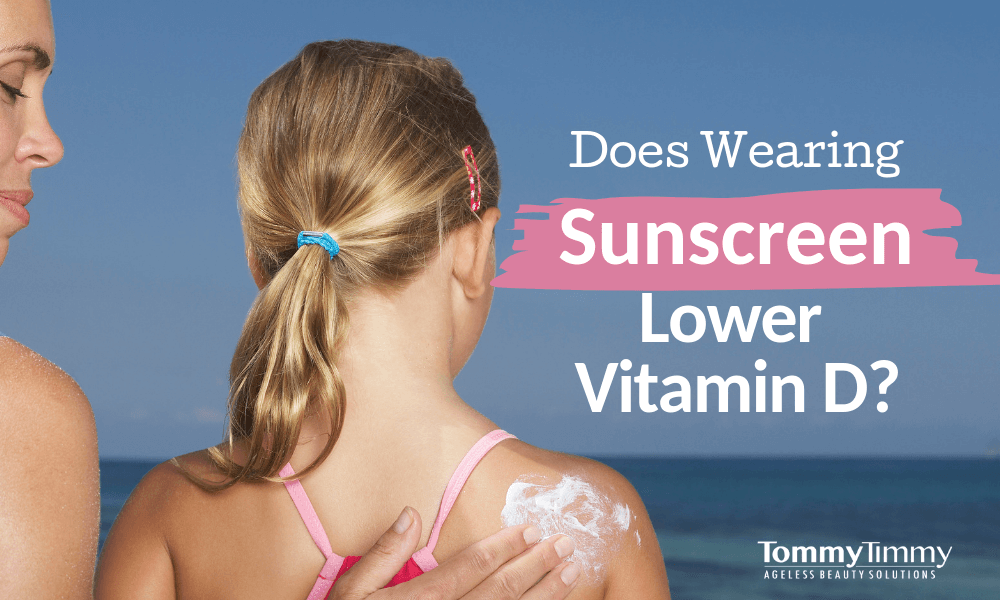
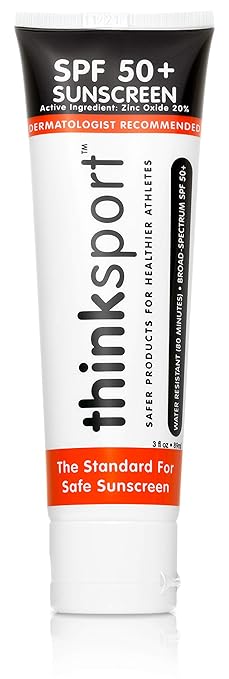
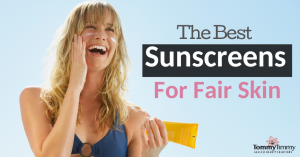
![Best Self Tanners for Fair Skin [2020]](https://suehawthorne.com/wp-content/uploads/2019/06/self-tanners.png)





